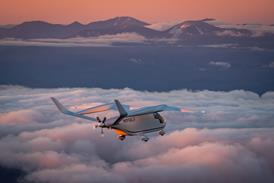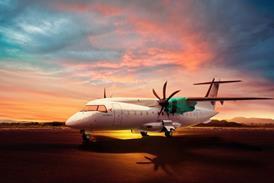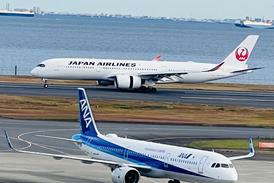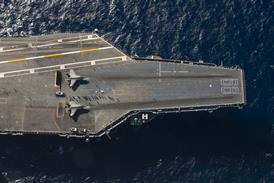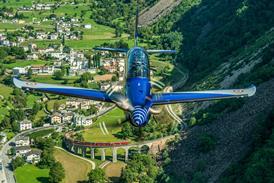Paul Phelan/CAIRNS
ISRAEL'S ELTA is to team with Raytheon E-Systems to offer a derivative of its Phalcon airborne-early-warning (AEW) system to the Royal Australian Air Force (RAAF), with the preferred aircraft believed to be an Airbus.
The Australian Government selected four US contractors: Boeing, Lockheed Martin, Northrop Grumman and Raytheon E-Systems earlier this month as potential prime contractors to meet Project Air 5077 for an AEW aircraft.
Israeli sources confirm that Elta is set to team with Raytheon E-Systems to offer a Phalcon derivative. Previously, it had been thought that Israel Aircraft Industries would lead a Phalcon-based solution.
The RAAF has a requirement for four AEW aircraft to enter service from 2002. Lockheed Martin and Northrop Grumman are also finalising teaming arrangements for a bid.
The Lockheed Martin/Northrop Grumman bid would use the former C-130J Hercules II airframe, already on order to meet an RAAF transport requirement. The Hercules would be fitted with the APS-145 surveillance radar.
The Raytheon E-Systems/Elta team, if it opts for an Airbus platform, would be in a position to offer either new or secondhand aircraft, with secondhand A300s, A310s or even A320s all available.
Boeing is also offering a commercial passenger aircraft as its airframe solution, with the Boeing 737-700 the most likely contender, according to Australian sources.
Northrop Grumman is also teamed with Boeing on the bid, in the shape of the former's Westinghouse radar division. Boeing is proposing mounting Northrop Grumman's Electronically Steerable Array (ESA) radar in a dorsal- mounted fairing on the 737-700.
Air force sources say that aircraft such as the Boeing E-3 and Boeing 767 AEW were considered to be too expensive.
Key requirements for the Air 5077 requirement include a radar-detection range, against a fighter-size target, of 350km (190nm), with an operational altitude above 20,000ft (6,100m).
A defensive-aids suite, covering a missile-approach warner, radar-warning receiver, laser-warning receiver and chaff-and-flare dispensers is also required.
The RAAF will consider secondhand airframes, says one source, but adds that several "strict conditions" need to be met including the ability to support the aircraft for at least 30 years.
Source: Flight International

